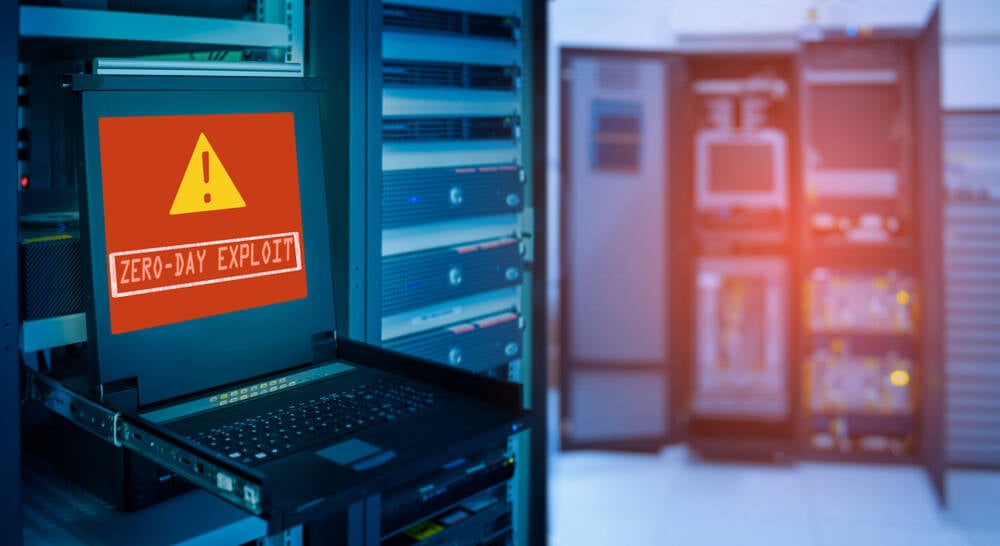Three deadly profit killers in IT operations
Silent assassins stalk organizations, slashing profits with a thousand cuts.

There are silent assassins stalking organizations, slashing profits with a thousand little cuts. Friction, bloat, sclerotic processes, shadow IT - and now more commonly - shadow AI, outdated manual toil… There are a myriad of small indignities an organization's IT operations can fall prey to. Time, business growth, staff turnover, and the actions of teams unfamiliar with the IT environment all add to the power of these assassins.
The good news however, is the slow and patient nature of these threats. None of the risks are too complicated or costly to manage - requiring merely care in business planning, tech investments, and team work management. And that’s a mercy, since they make IT budgets rise while increasing unplanned downtime, slow the efficiency of incident management, reduce profit margins, lower customer trust, and raise the risk of a regulatory penalty.
First - take down downtime
Downtime is not a welcome guest, it’s an obvious and costly profit killer. The causes can be relatively benign, but a website outage directly costs revenue just the same as a physical site work stoppage - whether from an unfortunate mishap or a cyberattack.
Taking down these threats requires action across a few areas.
Proactive monitoring: There are monitoring tools for the networking operations center (NOC) that can detect and resolve issues before they escalate into outages that cost megabucks. The right monitoring tools and a trained IT team is the first line of spotting potential incidents and stepping in to stop them escalating.
Plan disaster recovery: A strong recovery plan gets you out of the fire quicker. Understanding your assets, infrastructure, and procedures ensures that systems can be recovered faster to return the business to profitable activity.
Cybersecurity is critical: Cyberattacks are becoming frequent and costly. Strong cybersecurity protects organizations from technical risks including data breaches and service disruption, and all the consequent effects on users and the bottom line that these entail - reducing the risk of subsequent recovery costs and regulatory penalties.
Second - knock bloat on the head
NOCs are guilty in times past of becoming bloated, reactive, and resource intensive. Stripping back all that and adopting a leaner approach to streamline operations will reduce costs and ensure that systems remain optimized for performance and resilience above all.
Organizations have found staffing a perpetual issue. Staff turnover and recruitment are a morale, culture and budget drain. A repetitive, high-pressure role without the right management and cultural support creates a vicious cycle of hire, train, lose, repeat. Consequently, organizations often overstaff to offset these challenges. This merely treats the symptoms rather than the causes of the poor working experience and doesn’t help to trim their costs.
It’s vital to look afresh at the NOC and set it up for success in this era - not the one when it was first designed.
Automate the toil: Automation can handle much of the management, all of the ticketing and system monitoring to reduce team workload. These increase efficiency and logging for compliance while making the role more pleasing to staff.
Layer AI to support incident: Modern AI solutions can help manage many first-level incidents, freeing staff from part of the resolution process and focusing their skills where needed.
Flex: Remote work and flexible scheduling are perfectly compatible with the modern NOC. It can reduce overheads and attract top talent.
Training and development add to the experience: Career development improves retention and allows staff to exercise more of their mental muscles, while improving the quality of service.
These suggestions can reduce staffing costs and poor working experiences as well as improve incident response, helping to future-proof the organization's IT operations over the long term.
Third - Shine a light on the shadowy costs of incident management
Every second involved in an ongoing incident is correlated to lost productivity, revenue, and customer satisfaction. By taking a proactive approach to incident management hidden costs can be uncovered and eliminated.
Mean time to resolution (MTTR) is a fearsome foe. But AI-driven tools can massively reduce it, minimising downtime.
Don’t defeat every foe one by one. Root cause analysis helps the team fix a repeated problem once and for all. With root cause analysis Ops can prevent recurring issues and reduce their long-term costs.
Call on allies. Incident response often involves multiple teams. With the right collaboration tools organizations improve response times and reduce friction and mistakes.
Moreover, learning from incidents, a post-incident analysis, is critical to improving processes for the next situation. Organizational improvement comes from both overcoming and also contextualizing incidents. This improves long-term planning, documentation, knowledge sharing, and processes. The ability to do this is one of the hallmarks of mature operations and signposts that Ops can overcome future incidents more readily.
A strong castle repels the enemy
When the silent assassins are disarmed the organization directly benefits. Leaner, modernized processes and functions like NOCs that strip out waste provide better value for their activity. Obviously better organizational - including digital - resilience reduces downtime, directly improving revenue and customer satisfaction.
Efficiency and resiliency are the moat and walls around that castle. Saving the time, money, and team morale that poor IT saps away requires running smarter, leaner, and with greater resilience in IT operations. Regardless of your industry, the principles of a lean and modern NOC, digital resilience, and efficient incident management all transform the bottom line. The assassins of inefficiency are a business risk that needn’t haunt the organization with the power they used to hold. Their time has passed.
We've featured the best IT infrastructure management service.
This article was produced as part of TechRadarPro's Expert Insights channel where we feature the best and brightest minds in the technology industry today. The views expressed here are those of the author and are not necessarily those of TechRadarPro or Future plc. If you are interested in contributing find out more here: https://www.techradar.com/news/submit-your-story-to-techradar-pro
![SWOT Analysis: What It Is & How to Do It [Examples + Template]](https://static.semrush.com/blog/uploads/media/86/6a/866a1270ca091a730ed538d5930e78c2/do-swot-analysis-sm.png)
























































































































































































